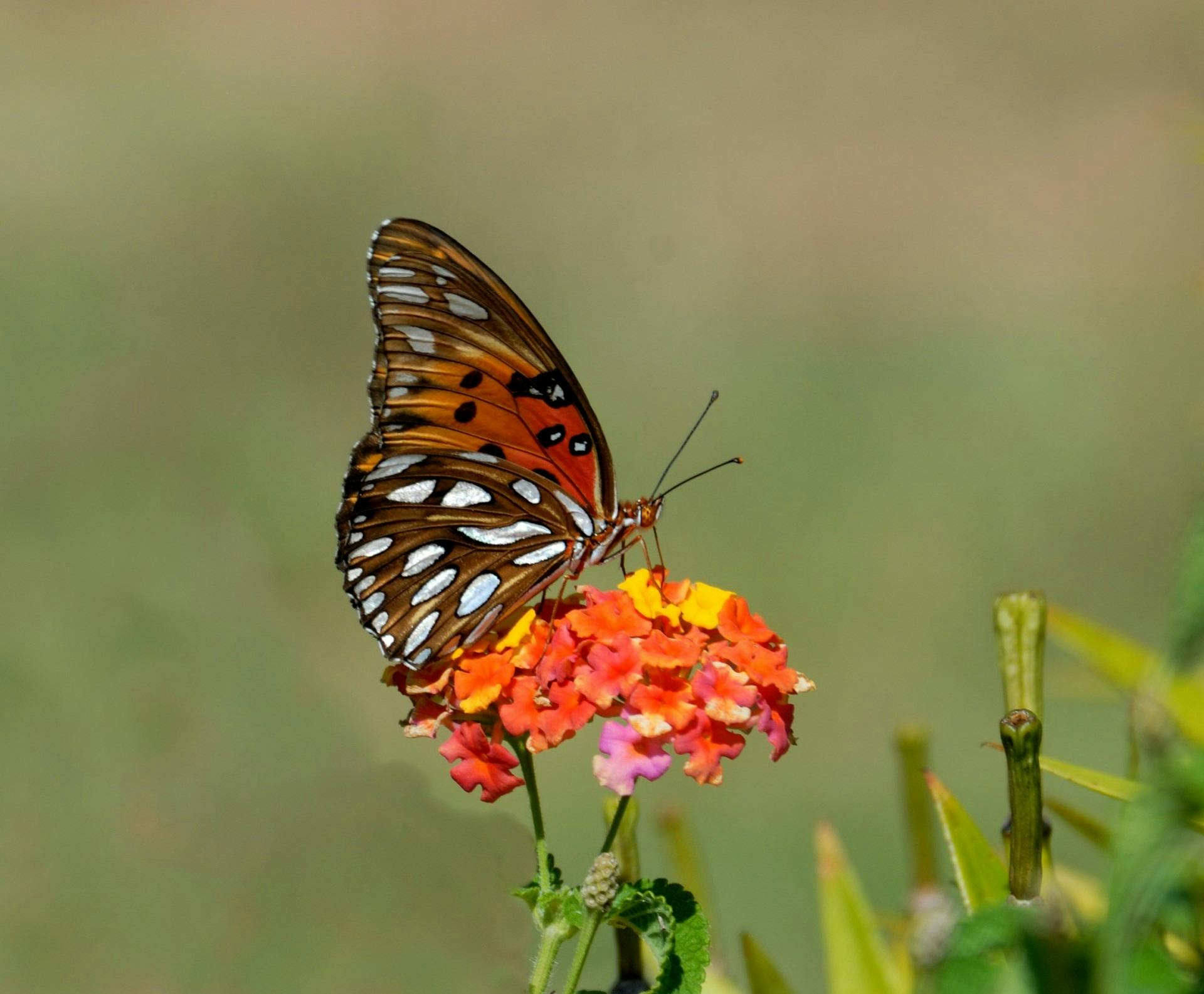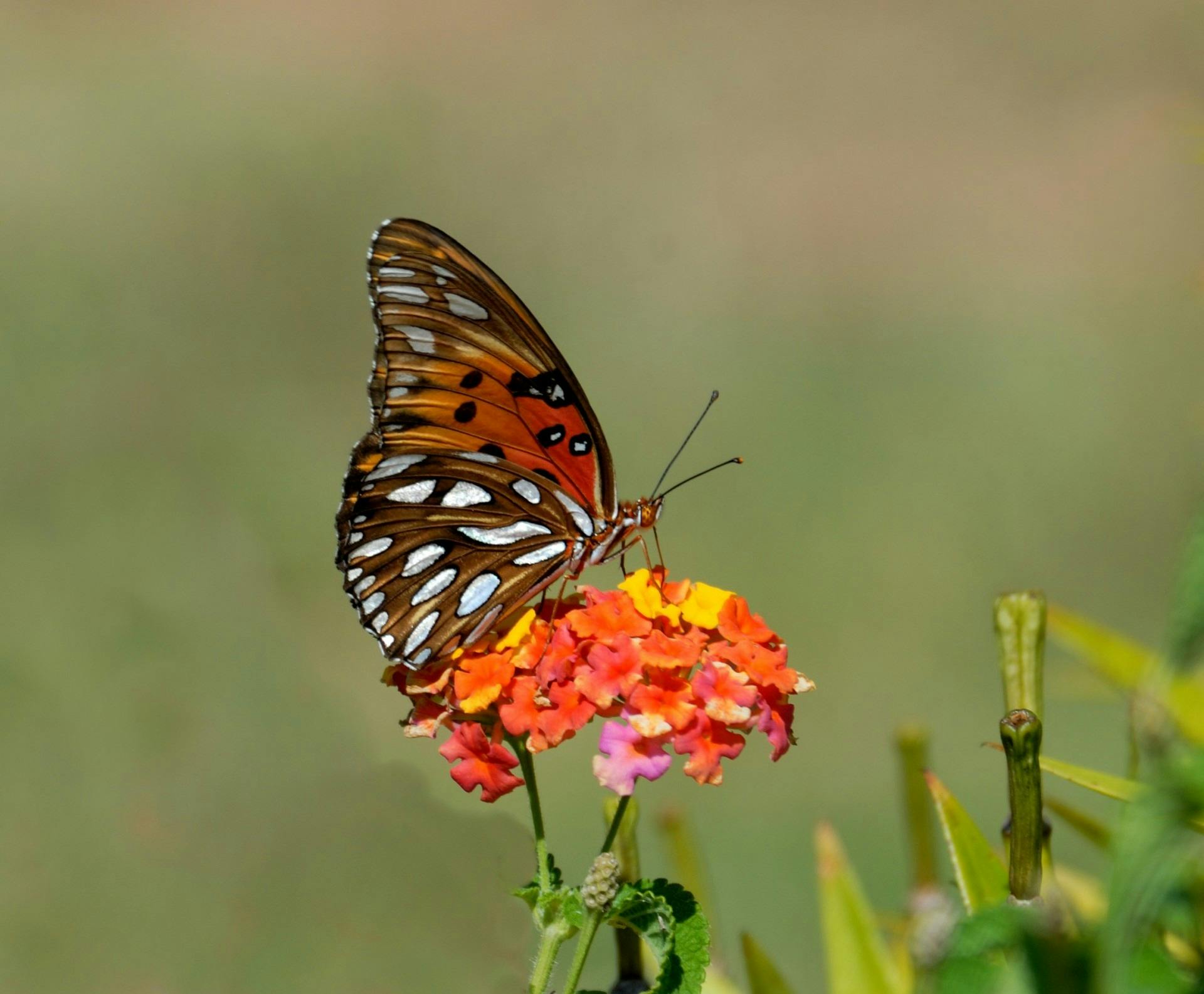Black and White Gardening: A Bold Botanical Trend
Monochrome gardens are making a striking comeback in modern landscaping. Among them, black and white gardening stands out as a sophisticated and artistic approach to outdoor design. In this comprehensive guide, we’ll explore how to create a black and white garden that’s not only visually stunning but also functional and low-maintenance.

Understanding the Fundamentals
Black and white gardening revolves around the deliberate use of color contrast to create harmony and elegance in outdoor spaces. This design concept emphasizes texture, form, and light interaction to achieve visual drama.
Historically, the concept of limited-color gardens can be traced back to formal European estates where uniformity and thematic planting schemes were prized. Today, this minimalistic approach reflects modern tastes in sustainability and style.
1.1 The Power of Contrast
Contrast is the essence of black and white gardening. This means selecting plants with deep purple, near-black leaves or blooms and juxtaposing them with silvery-white or pale foliage. For example, pairing Black Mondo Grass with Snow-in-Summer creates a dynamic interplay of darkness and light.
This contrast helps emphasize structure and shape over color, guiding the viewer’s eye with purpose and clarity. Common myths suggest black plants don’t exist, but in reality, many cultivars approach near-black tones that are ideal for this style.
1.2 Plant Selection and Palette
Unlike traditional gardens that rely on vibrant hues, black and white gardens demand selective curation. Black tulips, black hollyhocks, silver dusty miller, and white bleeding hearts are excellent examples of monochrome-friendly plants.
These choices not only elevate the garden’s aesthetics but also allow for seasonal layering, where darker foliage provides a year-round anchor and white blooms offer seasonal brightness.
Practical Implementation Guide
Implementing a black and white garden requires intention, patience, and a bit of experimentation. Once you understand the core principles, you can begin with confidence and creativity.

2.1 Actionable Steps
- Site Evaluation: Observe the lighting and soil type of your space. Black and white gardening thrives in partial shade where contrast is more pronounced.
- Plant Curation: Choose plants with dark foliage like Heuchera ‘Obsidian’ and whites like Anemone ‘Honorine Jobert’. Add silvers such as Artemisia for highlights.
- Design Layout: Use a monochrome planting plan. Establish focal points and frame them with balanced borders or symmetrical paths. Expect initial establishment to take 1-2 growing seasons.
2.2 Overcoming Challenges
Creating a visually balanced garden with limited colors presents unique challenges:
- Limited Plant Availability: Black and white plant varieties can be hard to find—plan ahead and source from specialized nurseries.
- Contrast Fading: Foliage may fade in strong sun. Use shade cloths or select semi-shade areas.
- Maintenance Intensity: High contrast shows weeds and blemishes easily—mulch regularly and maintain sharp edges.
Pro tips: Use dark-colored mulch to enhance black tones and white stones to brighten planting beds. Install lighting to extend the visual impact into the evening.
Advanced Applications
Once the basics are mastered, gardeners can explore more advanced design techniques to deepen the aesthetic appeal and functional use of black and white gardens.

3.1 Geometric Planting Design
Black and white gardening lends itself well to geometric layouts. For instance, planting white hydrangeas in a checkerboard pattern with dark-leafed ajuga creates a modern, sophisticated appearance. Some estates even use gravel mosaics and boxwood framing to anchor the look. Performance indicators include symmetry balance and visual rhythm.
3.2 Monochrome Vertical Gardens
Another advanced method involves vertical gardening. Combine trailing black ivy and white clematis on lattice walls. Ensure support structures are either dark iron or painted white for cohesive visuals. This technique integrates well with patios and small urban spaces, extending your theme vertically.
Future Outlook
As urban gardening and landscape minimalism grow, black and white gardening is poised for broader popularity. Innovations in plant breeding are introducing more resilient near-black and pure-white hybrids.
Over the next 3–5 years, expect new cultivar launches, AI-assisted garden design tools, and eco-conscious materials that further elevate this artful practice. Gardeners should stay updated through botanical forums and seed catalogs.
Conclusion
In summary, black and white gardening is a stylish, timeless approach that blends aesthetics with structure. Key takeaways include the power of contrast, strategic plant selection, and geometric implementation techniques.
Whether you’re an experienced horticulturist or a curious beginner, exploring this monochrome world will reward you with a visually striking and meditative space. Start today by selecting your first black and white plant pairing and envisioning your own botanical masterpiece.
Frequently Asked Questions
- Q: What is black and white gardening? It is a garden design approach using only black (deep purple) and white colored plants to create dramatic contrast and elegance.
- Q: How do I get started with a black and white garden? Begin by identifying a partial-shade area, researching plant varieties, and planning a monochrome-themed layout.
- Q: How much time does it take to establish? It usually takes 1 to 2 full seasons for a black and white garden to mature, depending on plant growth rates and care.
- Q: Is it expensive to maintain? Costs vary. Premium plant varieties may be more expensive, but overall maintenance is similar to traditional gardens if planned efficiently.
- Q: How does it compare to colorful gardens? While less vibrant, black and white gardens offer structure, mood, and artistic expression not found in more colorful settings.
- Q: Is it hard to design a monochrome garden? It requires careful planning and plant knowledge but is accessible with guides and visual references.
- Q: Can I use this concept for rooftop or container gardens? Absolutely. Black and white gardening works well in pots, raised beds, and vertical installations for compact spaces.
